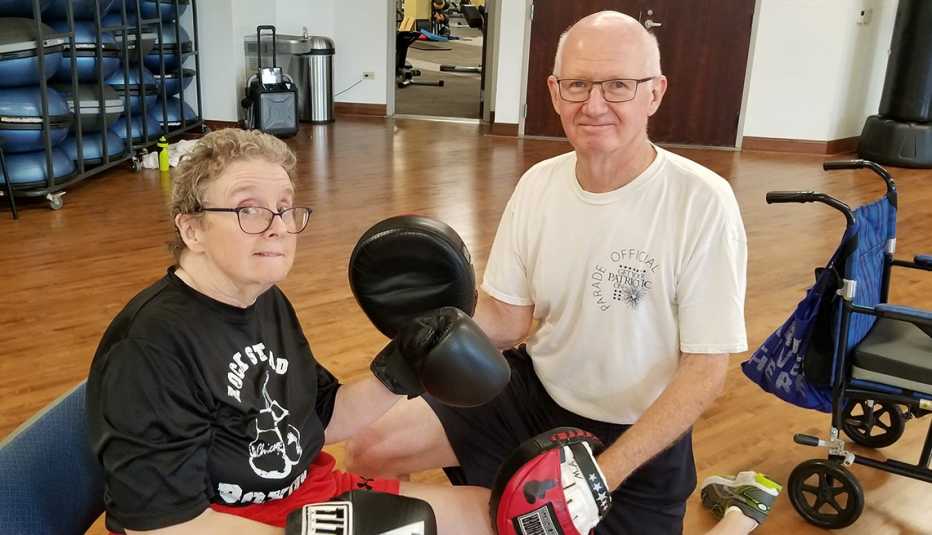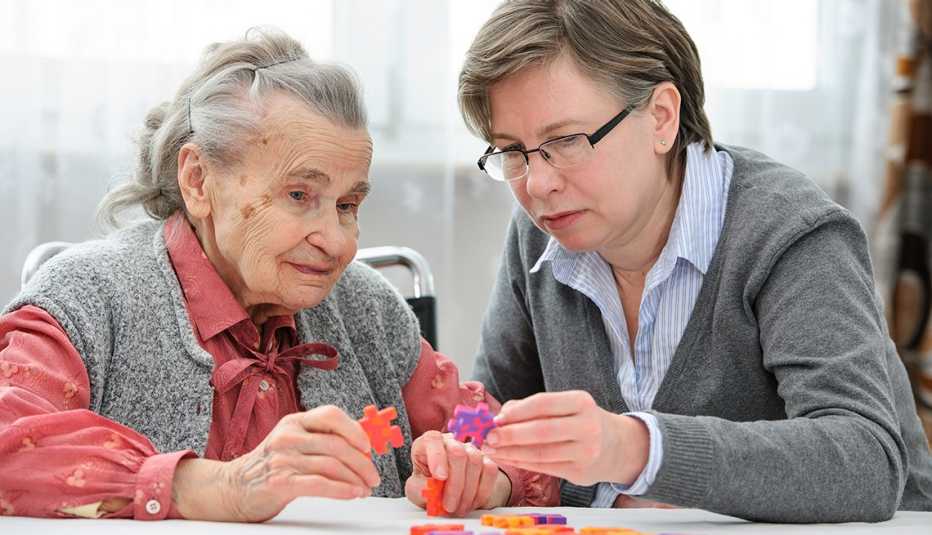Staying Fit
In a recent post to the AARP Family Caregivers Discussion Group on Facebook, a daughter caring for her mother wrote this open letter to all medical professionals:
"If you're going to tell the patient she needs a driver to [bring her to] an appointment, then you need to come up with better accommodations for the driver than to tell her she has to wait an hour or more in a hot car with no air conditioning in the summer. If you saw someone's dog in the car under those conditions, then you'd report it. IF YOU WOULDN'T DO IT TO A DOG, THEN YOU SHOULDN'T DO IT TO PEOPLE EITHER!!!!"


AARP Membership— $12 for your first year when you sign up for Automatic Renewal
Get instant access to members-only products and hundreds of discounts, a free second membership, and a subscription to AARP the Magazine.
With those capital letters and exclamation points, you don't have to be a mind reader to figure out how angry she was. You can see her in your mind's eye roasting in the front seat of her car while waiting impatiently for her mother to finally come out of the doctor's office. You can imagine her feeling steamed as she clutched the steering wheel with sweaty hands and drove her mother home in tense silence.
This unfortunate incident, some may say, is just an unintended consequence of this medical office's recently adopted policy to fight COVID-19. By limiting the number of people entering the building, the mother's doctor was protecting everyone — patients, staff members and family caregivers — from contracting the coronavirus. But this daughter's reaction fits into an older, more deeply rooted narrative: Family caregivers often sense that physicians expect them to make selfless sacrifices for their loved ones without complaint. The doctors, though, neither credit family caregivers for their essential assistance nor seem to give a hoot about these individuals’ well-being. Little wonder that some feel taken for grant and used.
By venting her concerns on social media, the daughter was announcing to doctors everywhere the need to care for caregivers, as well. Actually apprising her mother's doctor of her concerns would have required speaking her mind directly to him or the office manager. Why don't more caregivers take that step? Many believe they'll be ignored. Others are afraid physicians will label them as out of line or “difficult.” Some worry that their loved one will receive lower-quality care if they hassle the doctor too much.
How can family caregivers overcome these fears and build trust with their loved ones’ physicians? Here are some ideas.
Become a proactive communicator
Many doctors strive for a laserlike focus on the needs of patients as their utmost clinical and ethical responsibility. That's how they've been taught to practice “patient-centered care.” But few physicians will dismiss input from family caregivers that helps them do a better job with patients. They'll welcome working relationships with family caregivers who are knowledgeable and credible informants about patients’ behaviors, attitudes and responses to treatments.




































































